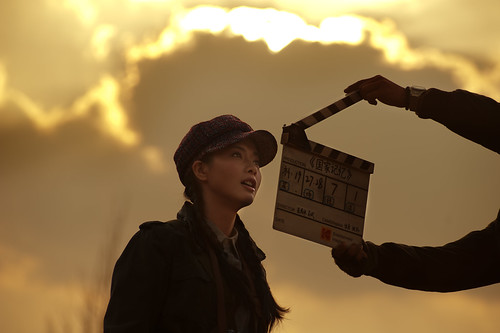Day 21 of the 36 Day Challenge; the first day of Part 2, Act II and we haven't even covered scene structures yet! So here are some tips from pro scene writer Jordan Rosenfeld to help you master the scene and create a draft strong enough to withstand even the most brutal of revisions.
SCENE LENGTHS
Choosing to use a long or short scene has much to do with the overall ebb and flow of your storyline. When attempting to build suspense or hold off on that pivotal payoff it would be best to use a longer scene. Or if the previous scene left your reader breathless and reeling from a frenzy of activity a long scene can be strategically placed to slow the pace a bit and allow the reader time to digest what just happened. Maybe you've just finished a long scene and the story needs a pickup in pace; time to employ the short scene. The length of the scene can also help distinguish between the personalities of your characters. A quiet, shy character, for example, will likely have a shorter scene than the long-winded town gossip who is ever-eager to share the latest news of her neighbors, family, and pet gerbil.
"Each scene needs to have its own beginning, middle and end. The beginning should be vivid and memorable, and help immediately draw your reader into the scene. Scene middles are the vast territory where the stakes must be raised, characters get caught in conflict and consequences follow that keep your plot interesting. Scene endings, of course, set the stage for the scenes that follow, and leave a feeling or taste with the reader that should be unforgettable," (Write Your Novel in 30 Days, page 66).
- Beginnings: With the beginning of each new scene you have the obligation to capture your reader's attention all over again, and Rosenfeld has provided us with three techniques to do just that:
- Character Launches begin straightway with your protagonist and help your readers feel connected to the emotion in your novel.
- Action Launches must begin at the point of action - no preemptive explanation is necessary. If you want to explain a character's motivations be sure to have the character reflect on them after the action has already taken place.
- Narrative Launches are to be used in small doses; a novel beginning with narration at the exclusion of action can quickly become dull. Narration can be useful however, if an action sequence would take up too much time and a summary will move the reader along to the real action more quickly. It may also be necessary to actually set the action in motion, such as in stories beginning with lines like these: "'My mother was dead before I arrived.' 'The war had begun.' 'The storm left half of the city under water,' (WYNITD page 68)." Another opportunity to begin with narration is if the character is not physically capable of acting (a person in a coma, paralyzed, etc.).
1) Where are my characters in the plot? Where did I leave them and what are they doing now? 2) What is the most important piece of information that needs to be revealed in this scene?"
- Middles: This is the time to complicate your character's life a bit further. He began the scene with a goal or expectation, so let's find a way to up the stakes a bit: find something your character stands to lose (or gain) and threaten to take it away (or provide it). Will this change your character's goals for the scene? Will he leave the scene hoping for something he hadn't known he wanted when the scene began?
"[To] keep your protagonist from wandering aimlessly about your narrative... give him an intention... - a job that he wants to carry out that will give purpose to the scene," (WYNITD page 69).
- Endings: These are the trial of how well you've nailed your scene. Done right, the reader will have a deeper interest in the characters and plot, keeping them turning pages to find out what will happen next. Done wrong and you've potentially just lost yourself a would-be fan. One way to help focus your scene ending is to think in terms of a camera's zoom feature. Zooming in allows the viewer (in our case reader) to see intimate details and be drawn more closely into the emotions of the characters. Zooming out will provide them the opportunity for overall reflection and a chance to see how the events in the scene may color the trajectory of the story.
MY DAY 21: Sadly I found that my aforementioned condensed scenes weren't working too well and needed to be expanded. So much for my previous day's work.

I deliberately set the rights for my photos loosely because I like people to see and enjoy them. But if you read the rights agreement on Flickr, it CLEARLY STATES that you have to give me credit.
ReplyDeleteYou want people copying your blog without attribution?
Morality fail
I'm sorry Sir, I was under the impression that posting the Photo Credit link to your picture at the bottom of the post was enough. Is there some other way you would like me to give you credit?
ReplyDeleteTrue enough, you did. So paying-attention-fail for me. Although generally, I like the credit right under the photo - photo by: Jonathan Kos-Read
ReplyDeletewith my name as the link
Fixed it for you! Thanks for the beautiful work!
ReplyDeleteMy pleasure. Thanks for the fix.
ReplyDelete